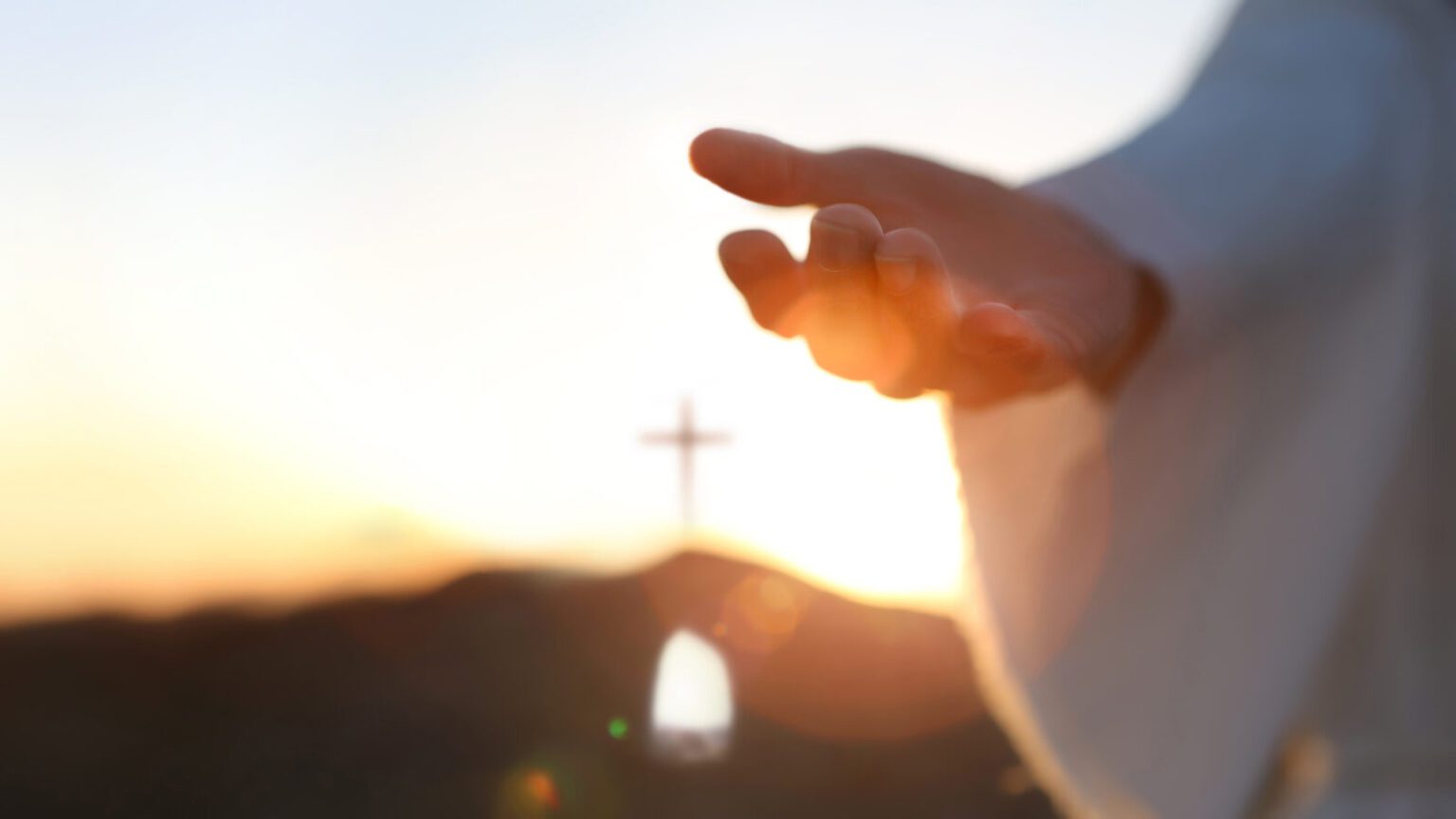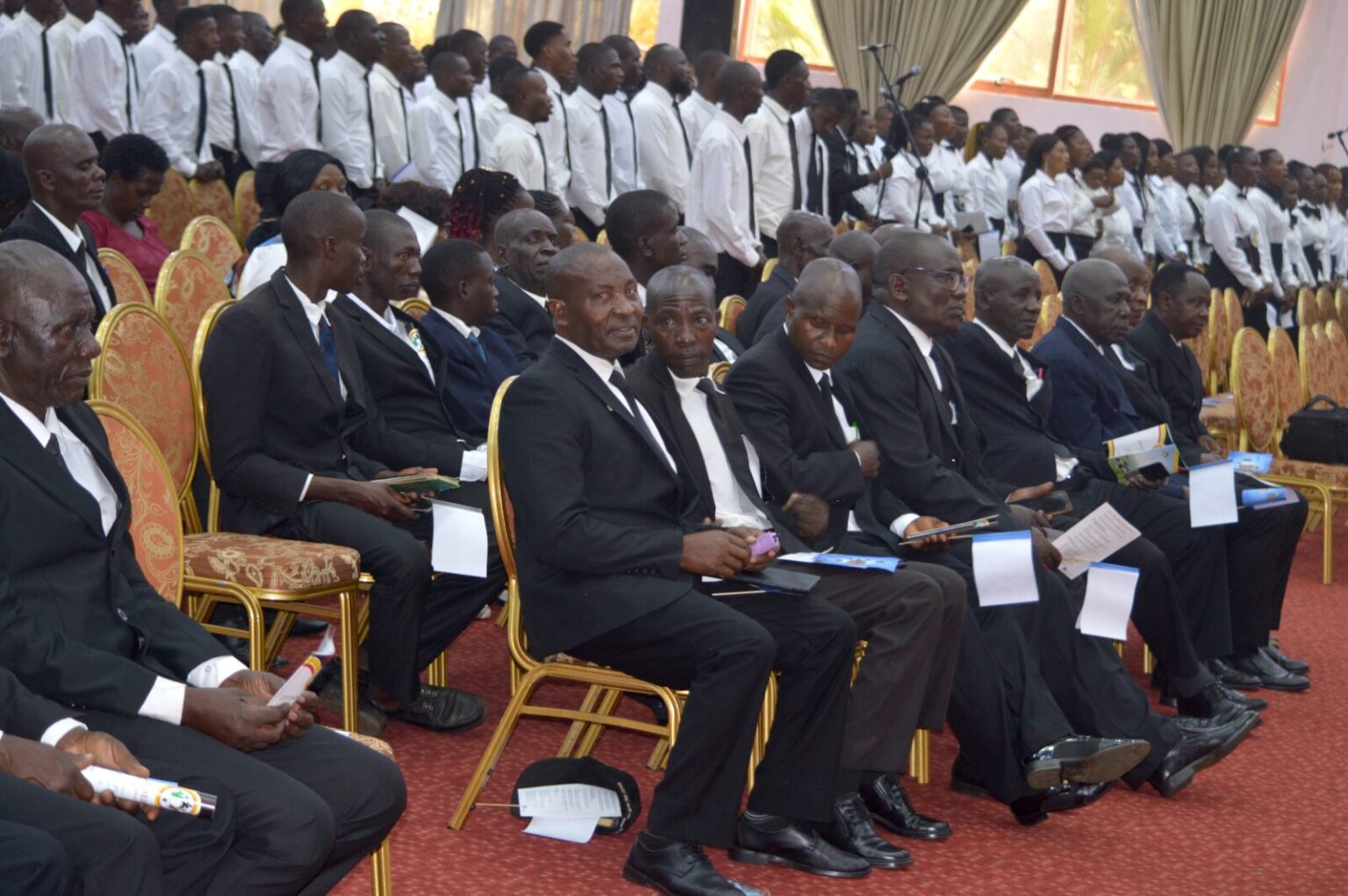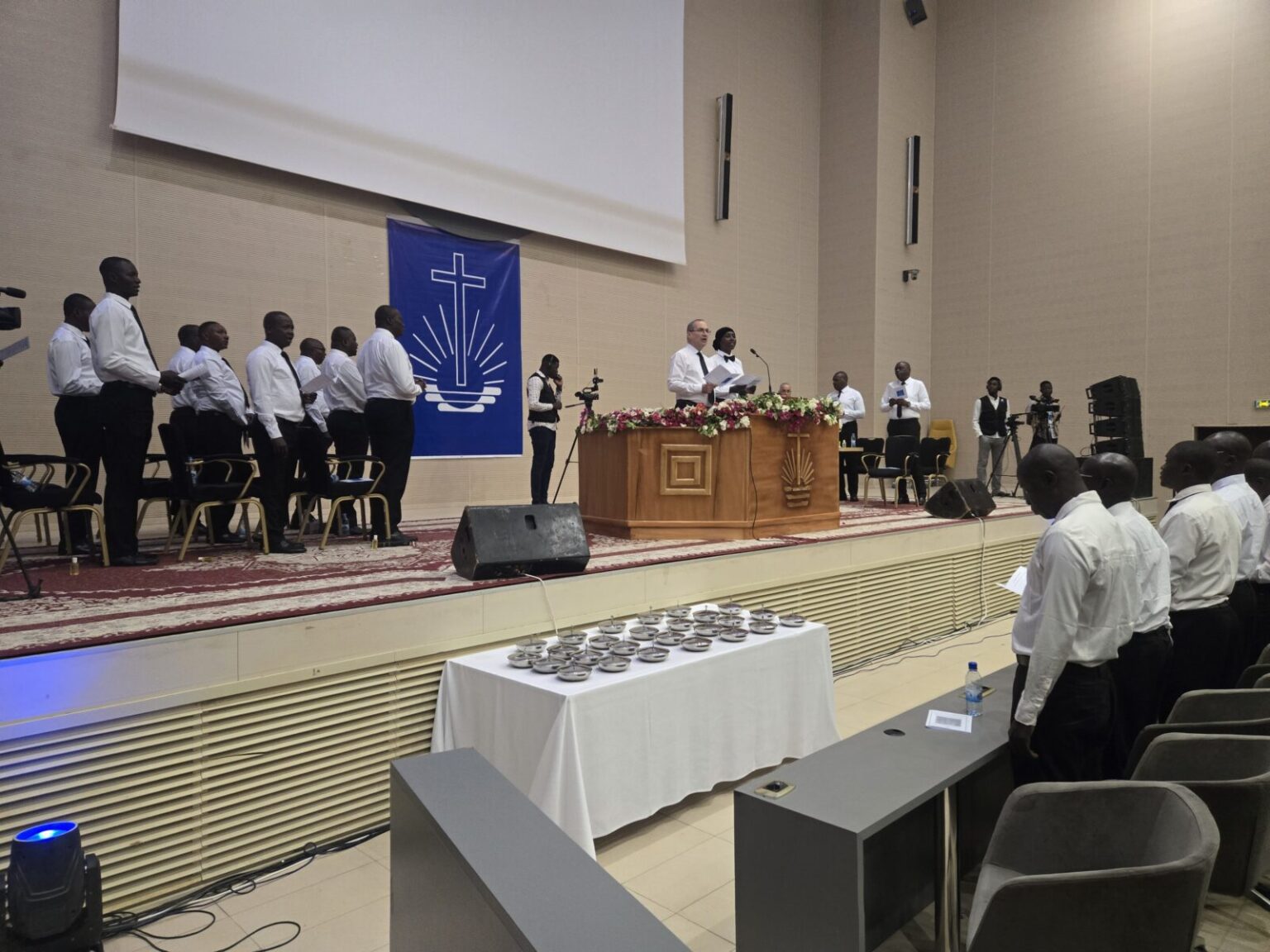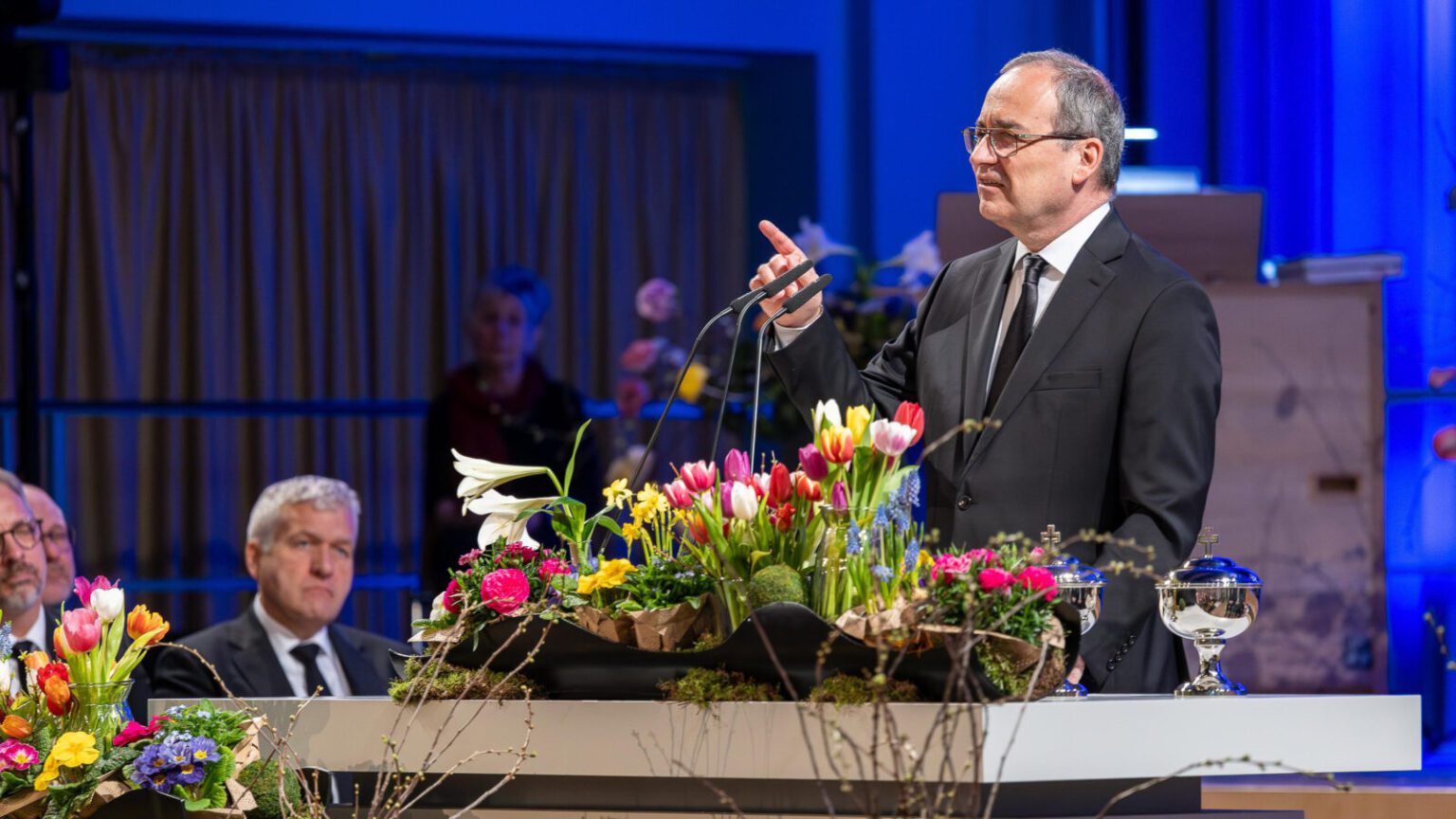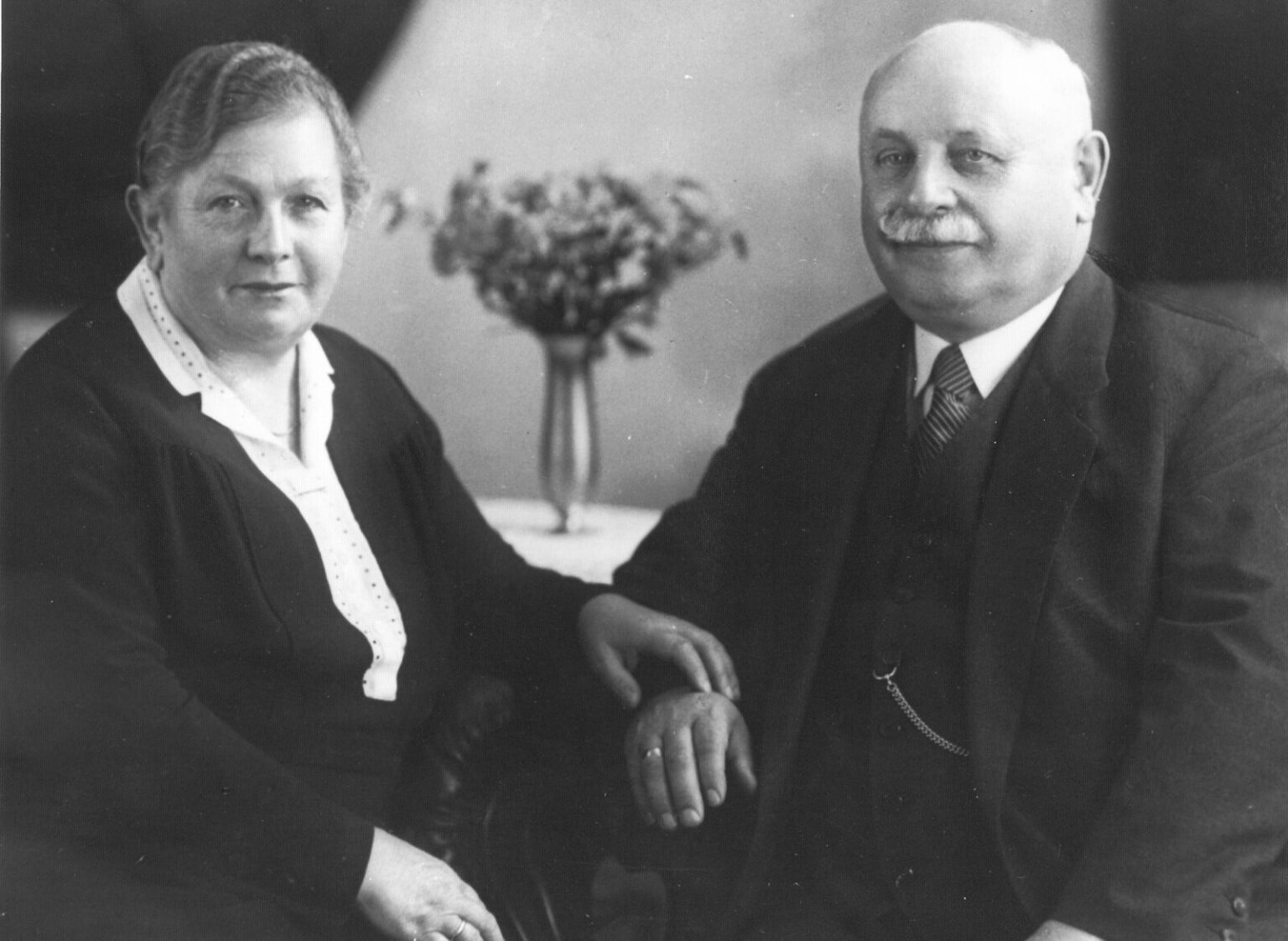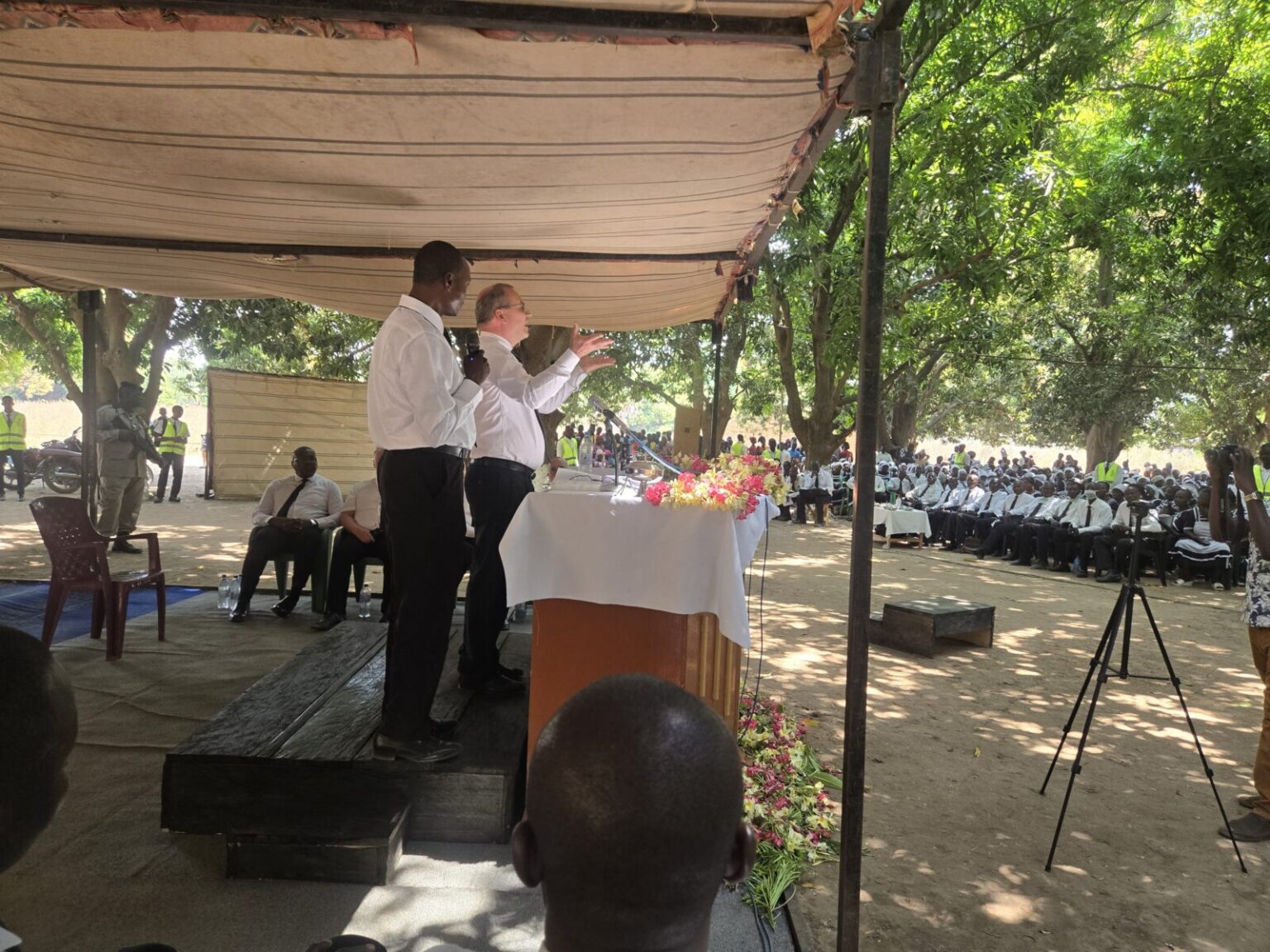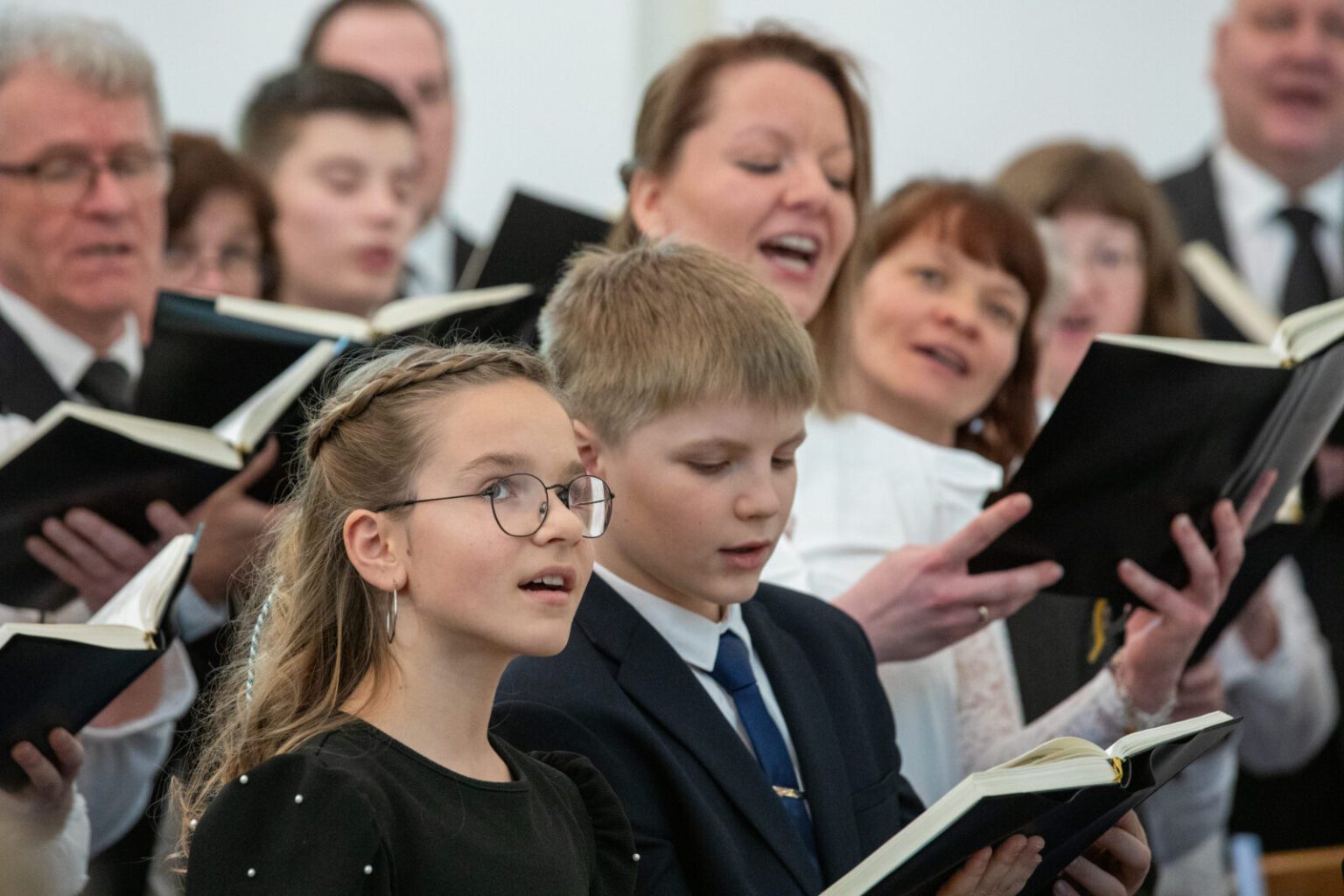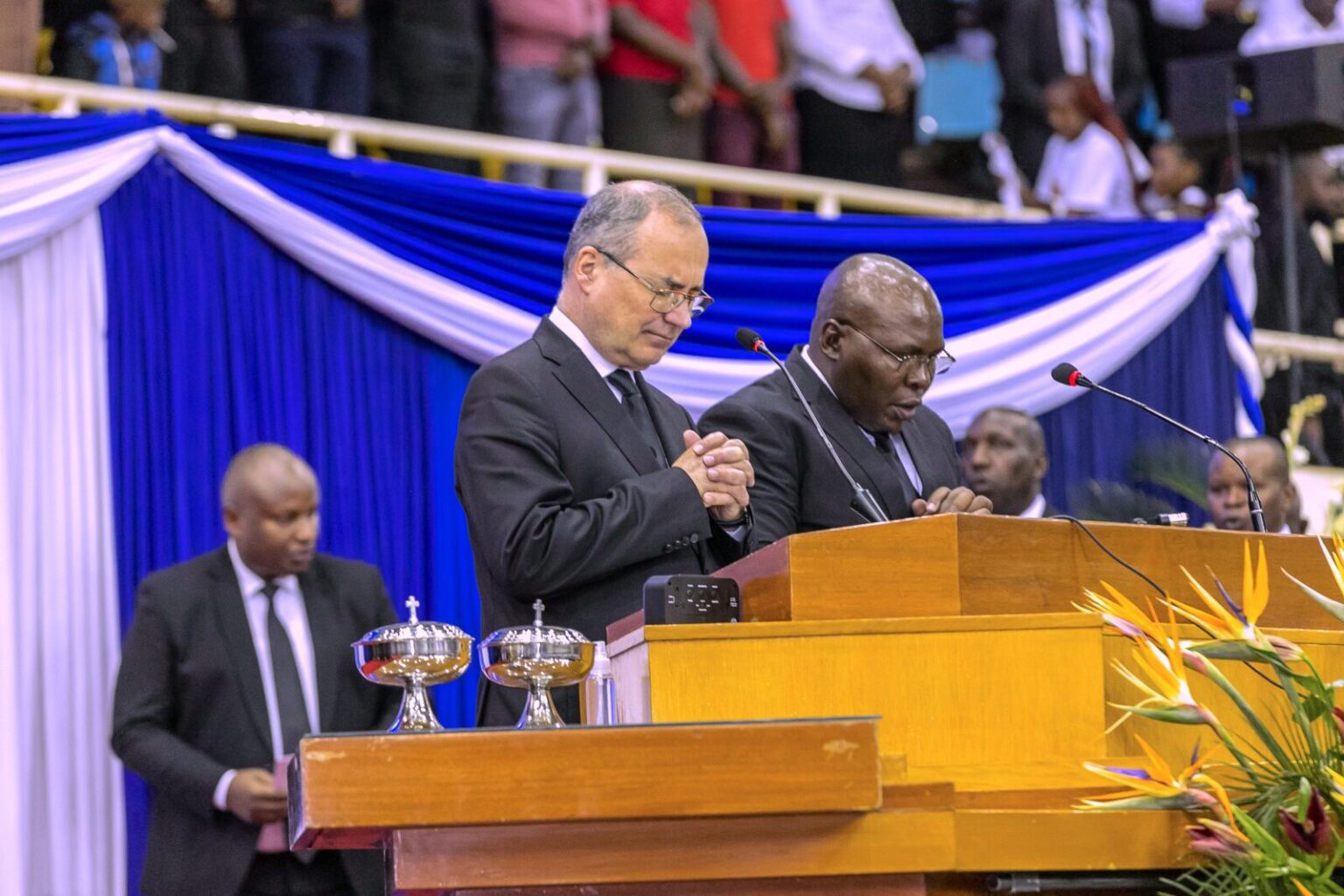
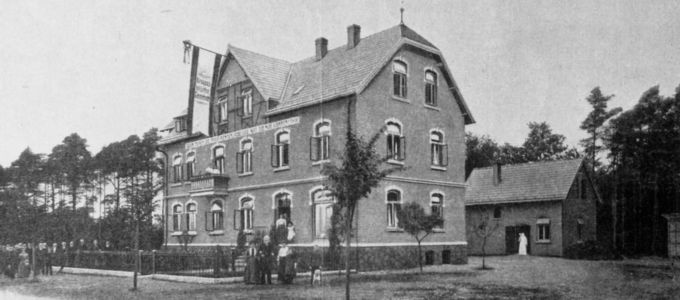
It is one of the oldest congregations within the New Apostolic Church. Barely five years after the international Church celebrated its 150th anniversary, this honour now also goes to two congregations in Bielefeld (Germany): Bielefeld and Quelle.
The New Apostolic Church began in Hamburg and Frankfurt, but also in Bielefeld (Germany). The rumour that the city of Bielefeld, in the north-eastern part of North Rhine-Westphalia, is an invention on the map is certainly persistent, but the New Apostolic Christians in this university city of 360,000 inhabitants see things quite differently. Events have been planned throughout the year in celebration of the 150th anniversary of the two congregations Bielefeld and Quelle-Steinhagen.
Why two congregations?
The first divine services in the Bielefeld area
Friedrich Wilhelm Menkhoff—a missionary of an independent Evangelical Church, charismatic preacher and later Apostle—arrived in Bielefeld in 1868. He celebrated services there that differed more and more from the Protestant rites and invited his neighbours to attend. In 1869 he was able to rent an apartment in the street “Am Sparrenberg”, which allowed him to open the first New Apostolic church in North Rhine-Westphalia. His services were popular and before long there were two congregations: one in Apostle Menkhoff’s house in Bielefeld, the other about five kilometres away in Quelle-Steinhagen, on a farm owned by the Niehaus family. Both men, Menkhoff and Niehaus, became close friends, a dream team of the time.
In the summer of 1869, Apostle Schwarz from the Netherlands came to Westphalia the second time and was able to seal one hundred souls in Bielefeld. In 1872 Friedrich Menkhoff was ordained as an Apostle for Westphalia and Hermann Niehaus an Elder. The Apostle was active in this region for many years until his death on 21 June 1895. Hermann Niehaus was his successor and led the New Apostolic Church from 1905 until 1930 as Chief Apostle.
Two mother churches
The two congregations are still in existence and have grown into truly large communities. In their 150 year history, larger and larger premises were needed. In the beginnings, the members gathered for Sunday morning services in the church in Bielefeld and in the afternoon on the farm of the Niehaus family. The two congregations belonged together.
Erika Franke, a granddaughter of Chief Apostle Niehaus, remembers: “On Sunday mornings, the adults would board the 7.20 train in Quelle and head to Bielefeld. From there they walked the rest of the way to the church. The way back was the same, only the reverse. Some of the brothers and sisters even walked both ways because they could not afford the fare. The children stayed home. The older children had to watch over the younger ones, or one of the parents stayed home. In the afternoon, everyone then went to the gathering that was held in the Niehaus home.
Bielefeld-Central
In 1902 the congregation in Bielefeld received its own church building. Only a few years later it was already too small and the congregation moved into a new building. In 1980 the congregation then moved into a newly built church on Bismarck Street. The previous church building at 57 Große-Kurfürstn Street, was still used as a cafeteria during seminars until recently.
Quelle-Steinhagen
In 1906 the congregation Quelle-Steinhagen received a room dedicated for worship in the newly built home of Chief Apostle Niehaus. Twenty years later, a new separate church was built next door. At the time, all European Apostles and Apostle Schlapphoff from South Africa attended the dedication service. The present church was built in the early 1980s. It too was built next to the former home of Chief Apostle Niehaus.
Both congregations sowed the seed and were instrumental in founding other congregations. The Bielefeld church district is one of the largest in the state of North Rhine-Westphalia. It has twelve independent congregations, nine of which are in the city.













